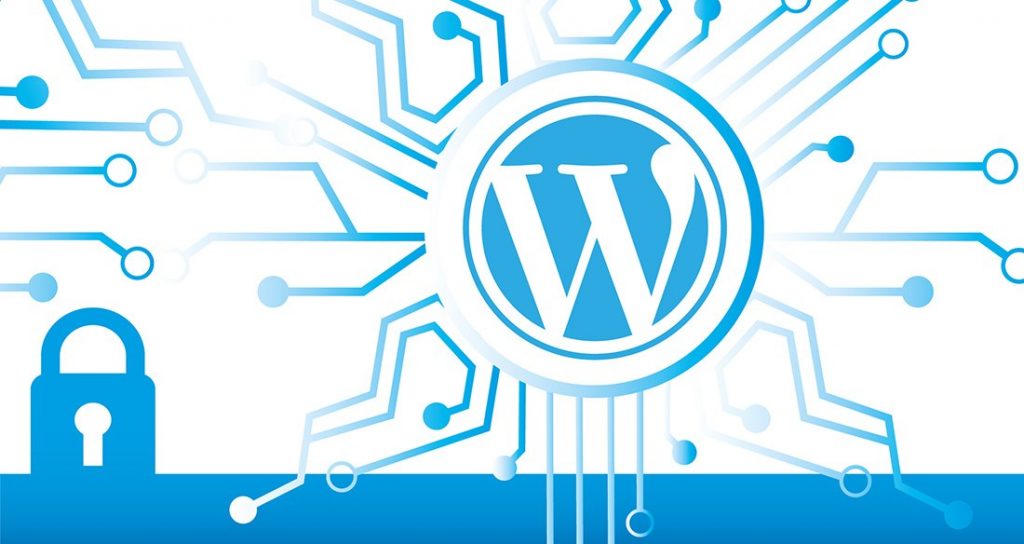
Everything You Need to Know About WordPress Themes
Tips for Picking Themes
1. Goals & Objectives
Browsing through pages and pages of themes is kind of fun, but it’s not the first thing you need to do. First things first, you need to sit down and answer some questions. You need to figure out what you want out of your site before you can even think about what kind of theme you want. What’s the call to action on your site? What do you want people to do? What’s your primary goal? You can have multiple goals and objectives, but you’re likely going to have a primary one that supersedes everything else. That should be reflected in the theme design—whether it’s front and center in the header or available in a sidebar and viewable on every page.
2. Content First
It’s important to answer this question early on. It’s tempting when you’re shopping for themes to just dive in and check out all the flashy features. The next thing you know you’ve fallen in love with a shiny theme that doesn’t even match the content you create. You need to be brutally honest when you’re assessing what kind of content you’re going to have. Everybody has a blog these days and it’s worth asking if that’s the best fit for your organization. Do you have the time and bandwidth to keep it updated? Is that the best use of your time? For many organizations the answer is a solid yes. But not for everybody. For some folks it’s too much of a distraction to keep a blog updated and it really doesn’t help the bottom line.
3. What Can You Handle?
If you’re comfortable with code, then you have a lot more flexibility in picking a theme. If there’s a something you don’t like in a theme, you can probably change it without too much trouble. Obviously you want to pick a theme that involves as little customization as possible, but having the skills means you can be less picky. If you can’t handle the code you may need to live with some limitations. You’ve got two choices:
- Learn the very basics so you can do things like change background colors. This doesn’t have to be as hard or as scary as it sounds. There are loads of resources to learn some code, including free video tutorials from iThemes and premium training from WebDesign.com.
- Pick a theme that comes just the way you like it or offers user-friendly controls to make those changes. Most free themes won’t have those handy user-friendly controls, so be prepared to go premium.
4. Structure
The structure of your site is important because it can be one of the harder things to customize. While you can usually change the colors pretty easily, changing how many sidebars there are or where the menu is located can be a lot more involved, depending on how complicated the design is. Even if you’re willing to do some custom coding, changing the structure of a theme is a lot of work. Some big structure questions to ask:
- What’s on the front page? Do you want the standard list of blog posts? Do you want static content? Do you want a few graphical highlights?
- How many sidebars do you want and where are they located? Single sidebar, double sidebar, no sidebar? Left side? Right side? Some themes can make these kinds of changes pretty easily, but most can’t. If you’re picky about sidebars, this is something you need to pay attention to.
5. Features You Want
What kind of features does your site need?
- Simple customization – Change colors, backgrounds, header images and more without touching code.
- Homepage slider – A featured section on the homepage that cycles through a series of images, videos or more.
- Advertising space – Ready-made spots to run and track advertising.
- Custom page templates – Multiple page layouts—right sidebar, left sidebar, no sidebar, half-page sidebar, etc.
6. Features You Don’t Want
There are two types of features to watch for here:
- Feature Bloat. A lot of themes pack in extra features you’ll never use. This isn’t a horrible thing, but it can slow your site down and add needless complication. If you’ve got folks using the backend who are less technically savvy, you don’t want extra confusion. Sometimes it’s easier and better to get these same features with a plugin. The calendar feature included with a theme may not have as many options as a dedicated plugin can provide.
- Stuff You Can Lose. Some themes will offer custom post types, like a portfolio item. Awesome, right? Not so much. It’s content that should be part of your core WordPress installation, like your posts and pages. But it’s not. It’s tied to the theme. Which means if you ever change your theme, bye-bye portfolio.

